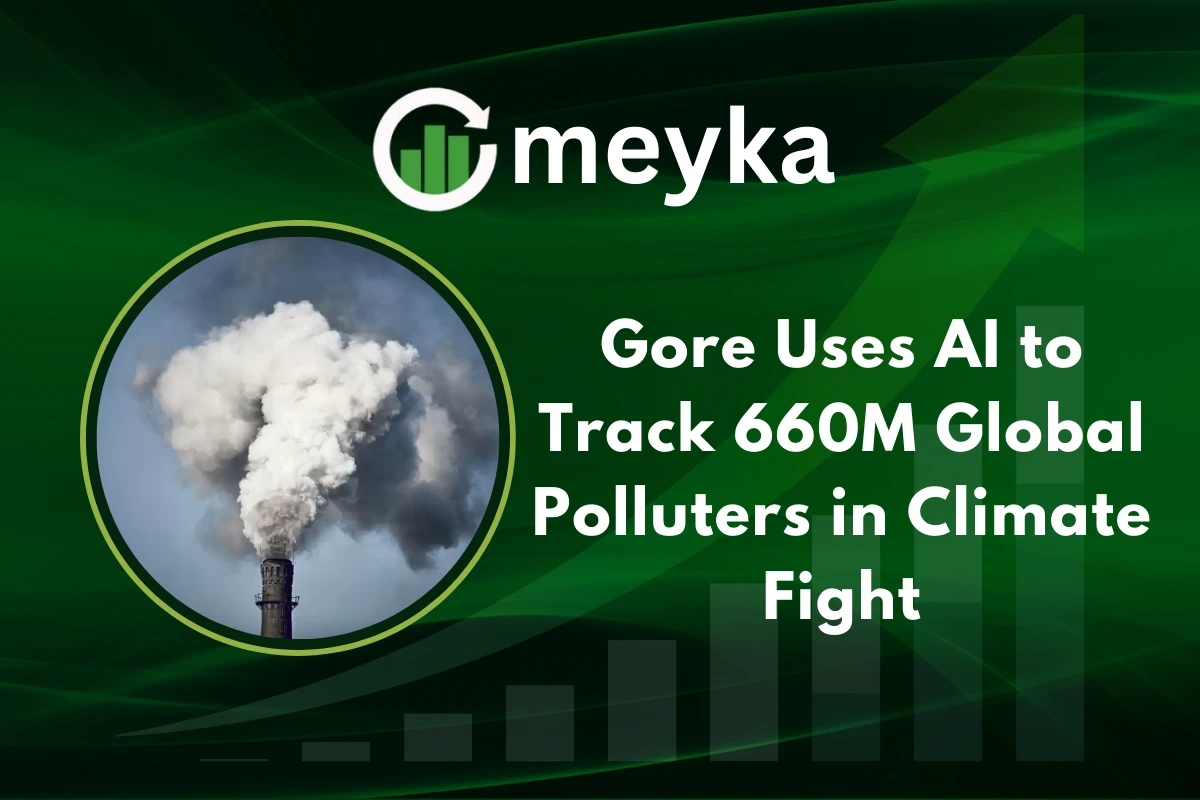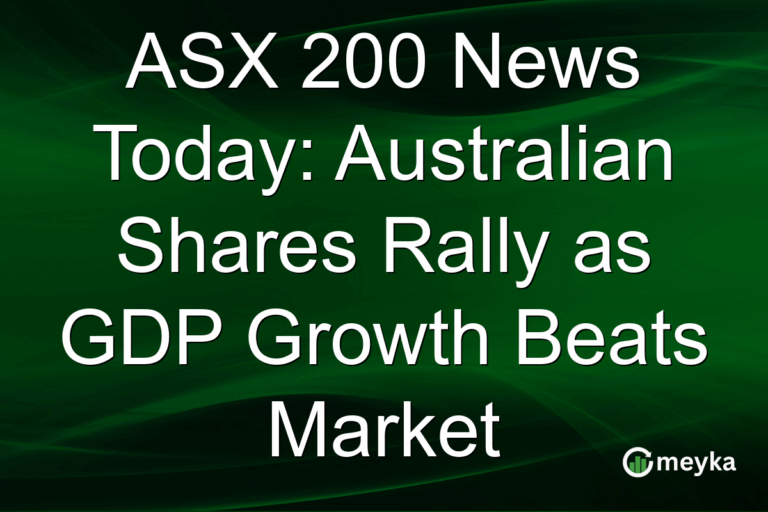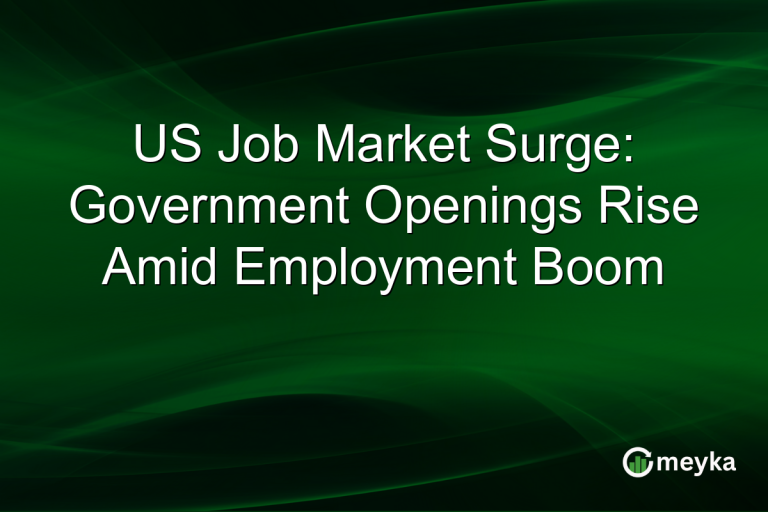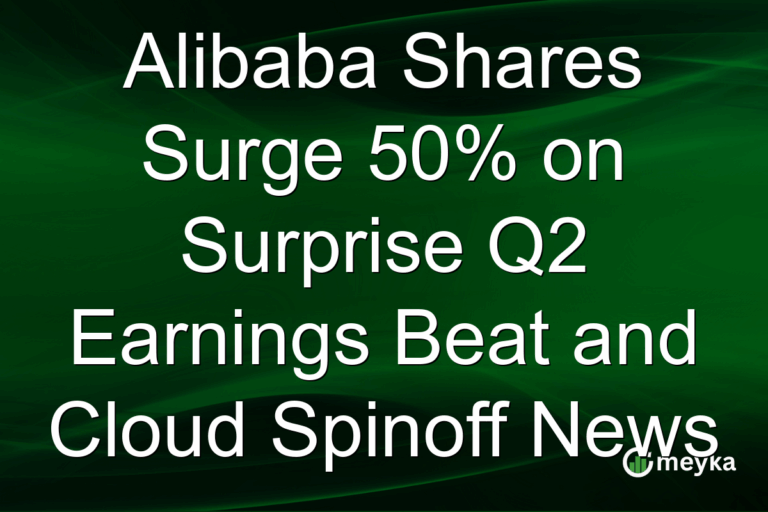Gore Uses AI to Track 660M Global Polluters in Climate Fight
Gore: A new global watchtower for pollution
Former Vice President Gore and the Climate TRACE coalition have launched a major upgrade to global emissions tracking.
The new tool uses artificial intelligence and satellite data to monitor more than 660 million individual polluting assets worldwide. This is a step-change in scale for environmental transparency.
What is being tracked?
The system maps sources such as power plants, factories, farms, ships, and other assets. It produces raw data and plume visualizations that show how tiny particles (PM2.5) move near cities. The goal is to make pollution visible at the neighborhood scale.
Gore: How the AI and satellites work
AI at the core
The Climate TRACE team trained machine learning models to scan imagery, operational data, and other public inputs. AI finds patterns that humans cannot catch at a global scale.
That lets the project identify millions of emitting assets and estimate their outputs. AI is the glue that ties remote sensing to emissions estimates.
Remote sensing and plume mapping
The tool combines satellite imagery with models that simulate how plumes drift and disperse.
Users can view where PM2.5 plumes travel and which facilities are likely responsible. These plume visualizations are a major addition to earlier greenhouse gas maps.
Gore: The Climate TRACE coalition and partners
Who is behind it?
Gore helped found Climate TRACE, a coalition of universities, NGOs, and tech partners. The project brings together experts from fields such as remote sensing, atmospheric science, and data engineering.
That coalition model is meant to boost credibility and reproducibility.
Why coalition matters
By pooling methods and data, the coalition produces independent, auditable estimates. Partners include research labs and nonprofits that validate methods and refine models.
That collaboration aims to reduce the gaps left by slow, self-reported inventories.
Gore: Why tracking 660 million polluters changes the game
From national tallies to asset-level transparency
Until now, most official inventories have reported emissions at national levels and with long delays.
Gore’s system gives near-real-time, asset-level detail. That shifts the conversation from abstract national numbers to identifiable sources and companies.
How it helps governments and activists
Governments can use the data to check self-reported numbers and design targeted regulation. Activists and local communities can point to specific sources and plume patterns when demanding action.
Corporations can scan suppliers and supply chains for hotspots. Transparency fuels accountability.
Climate TRACE flagged the new dataset and visual tools in a recent post, underscoring the project’s push for public access to emissions data.
Gore: Accuracy, limits, and validation
How accurate is Gore’s AI climate tracking system?
The coalition says results are sensible and defensible because models are checked against known facilities and peer-reviewed methods. Teams from collaborating universities helped validate early outputs.
The dataset is not perfect, remote sensing has limits, but it is far more granular than many official records.
What are the limits?
Small, diffuse sources are harder to measure. Models rely on assumptions about operations and fuel use.
Weather and sensor gaps can affect short-term plume details. Still, the overall coverage and repeat observations strengthen confidence over time.
Gore: Policy implications and global climate talks
Will this influence climate agreements?
Yes. Asset-level, timely data can tighten monitoring, reporting, and verification (MRV) at international talks. Countries and negotiation teams can use independent data to test national pledges and to focus mitigation funding where it will do the most good. In short, better data raises political pressure.
What about enforcement?
Data alone does not enforce rules. But it exposes discrepancies and empowers regulators, investors, insurers, and courts to press for change. The visibility the tool creates can make non-compliance harder to hide.
Gore: Reactions from communities and businesses
Environmental groups
Many environmental organizations have welcomed the step. They see the tool as a way to give frontline communities evidence to demand health protections and cleanup.
The focus on PM2.5 also links climate action to public health wins.
Industry response
Some companies say the data creates opportunities to show leadership by cleaning up supply chains. Others warn about model uncertainty and call for collaborative validation to avoid misattribution.
The coalition’s open-data approach is designed to let third parties audit and improve results.
Why is Gore focusing on AI? AI unlocks the scale needed to analyze trillions of data points from imagery and sensors. Without it, tracking hundreds of millions of sources would be impossible.
How accurate is the system? Models are validated by partners and compared with known facilities. They are not perfect, but they are more granular than many official inventories. Continuous validation reduces uncertainty.
Will this influence global climate summits? Yes. Independent, open data can shape pledges, climate finance decisions, and MRV rules at summits by showing where emissions actually come from.
Gore: The road ahead
Gore and the Climate TRACE coalition have built a powerful public good. The tool packs scale, science, and public access into one platform. It will not solve climate change by itself. But it changes the politics and tools of accountability.
Watch for wider adoption by governments, NGO,s and companies. Expect more real-time updates, more validated methods, and growing pressure on big emitters. The basic idea is simple: when pollution is visible, action becomes easier.
FAQ’S
Gore’s system, through Climate TRACE, uses artificial intelligence and satellite data to monitor over 660 million polluters worldwide, providing real-time emissions data.
AI makes it possible to process huge volumes of satellite and operational data quickly, helping identify pollution sources and improve climate accountability.
The data is validated against known facilities and peer-reviewed methods. While not perfect, it is more detailed and timely than many official national inventories.
Governments can use the data to verify climate pledges, design targeted policies, and hold corporations accountable for their carbon emissions more effectively.
Yes. Independent, asset-level data could influence international climate summits by ensuring transparency, guiding climate finance, and improving emission verification.
Disclaimer
This content is made for learning only. It is not meant to give financial advice. Always check the facts yourself. Financial decisions need detailed research.






